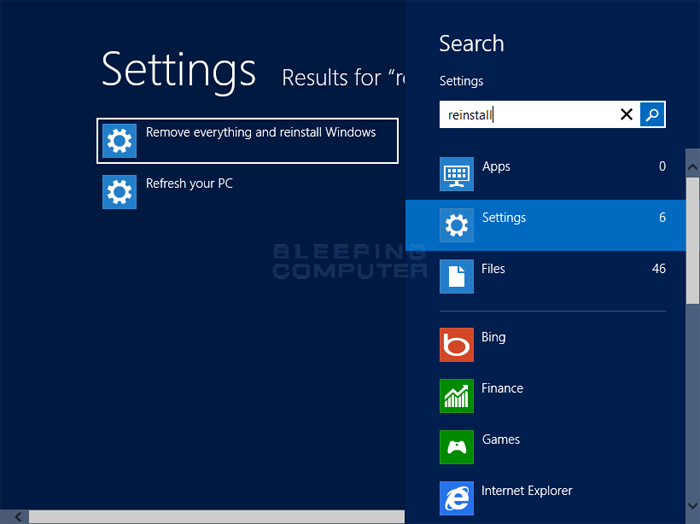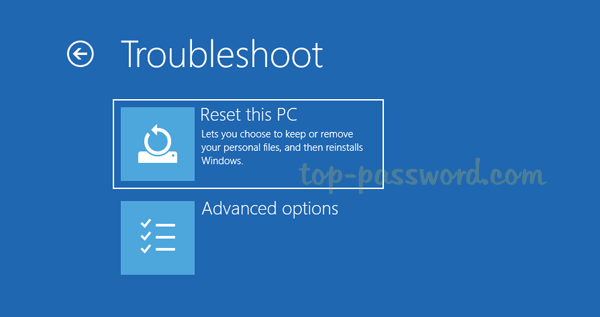
You might think moving your documents to the trash or recycle bin and then emptying these locations will permanently remove these files. Step 2: Don’t just delete files from your computer It is scrambled so that cybercriminals, even if they access your data, won’t be able to decipher it. The files you save to cloud services are encrypted, too. The risk of it getting stolen or destroyed by things like floods or fires is lessened. When you save your files to the cloud, there’s no physical location for the backed-up data. Next, your data to the cloud - a network of remote servers – instead of on your laptop or desktop computer. Here’s how it works:įirst, you create an account with a cloud services provider and complete the initial setup. They’re generally safe and one of the most convenient ways to store data. You can also transfer your data to another laptop or PC. External hard drives, which can offer more storage, might be a better option. Remember, though, that these are small storage devices and may not accommodate all the data you need to save. You can back up your data on thumb drives or USB flash drives. You have several options when backing up files. And if your computer is hit by ransomware - in which cybercriminals prevent you from accessing the information stored on it - you can access copies of your most important documents, photos, and files.

That way, if you lose an important file, you’ll know where to find a copy of it. The best defense is to make sure all your data is backed up safely and frequently. Hard drives can crash, get lost, stolen, or encrypted by ransomware software. Step 1: Back up your hard-drive dataīefore you wipe your computer’s hard drive or do a factory reset, back up your information to your new computer, an external hard drive, or a web service.īacking up your data regularly is a smart way to keep it safe. Ready to wipe your computer and remove all traces of your personal and financial history from your hard drive? It requires following a set of steps that will prevent you from accidentally sharing your documents, photos, passwords, financial information, and personal data when you say farewell to your old laptop or desktop.
#HOW TO WIPE A LAPTOP CLEAN WINDOWS 10 SOFTWARE#
Anyone with recovery software and bad intentions could access this information, putting your privacy and the security of your personal information at risk. If you don’t? Your files are there for the tech savvy to find. Your personal information is stored on a computer’s hard drive unless you take the steps to wipe the hard drive clean. Why? The delete button doesn’t actually delete your information permanently. Your medical records, browser history, login info for your bank account, and past emails - your computer’s hard derive can hold traces of them all.Īnd it’s not enough to simply delete your old files. You may think that’s not a lot of stuff, but your old computers and laptops probably hold plenty of information, much of which you don’t want anyone to see.


That means clearing out all the personal and financial information that your computer has collected. But there’s something you must do first - wipe your computer hard drive. You’re ready to donate or recycle your old computer gear.


 0 kommentar(er)
0 kommentar(er)
